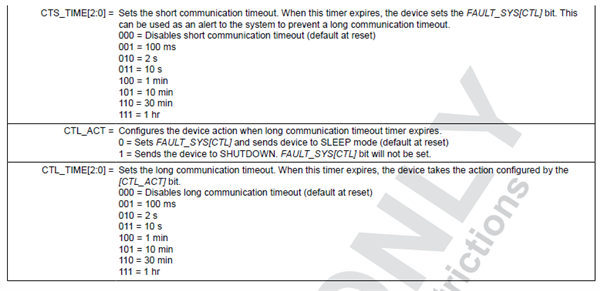Hi all, We are still struggling to establish communications with the base chip in our stack. The base chip is serving the purpose of an isolated transceiver and thus has no cells connected to it at all. the chip is powered off of the PCB onboard 12v power supply. The chip wakes up as expected and all the LDO measure the correct voltages when awake; however, the fault line is immediately set and the chip sends no UART responses to any commands or requests. This is leading us to believe there is possibly some sort of layout issue which is causing the chip to fault on wake up. This is a custom PCB with an ATSAM3X8E host MCU and 3 BQ79656 chips where only 2 of them are connected to battery cells and the third base chip is just acting as a transceiver. I am attaching the schematics of the base chip in hopes that someone may be able to see an issue which would cause the chip to fault and shut down UART comms. Any other ideas would be helpful as well in trying to get communications established with the chip. Thank you in advance.
-
Ask a related question
What is a related question?A related question is a question created from another question. When the related question is created, it will be automatically linked to the original question.


